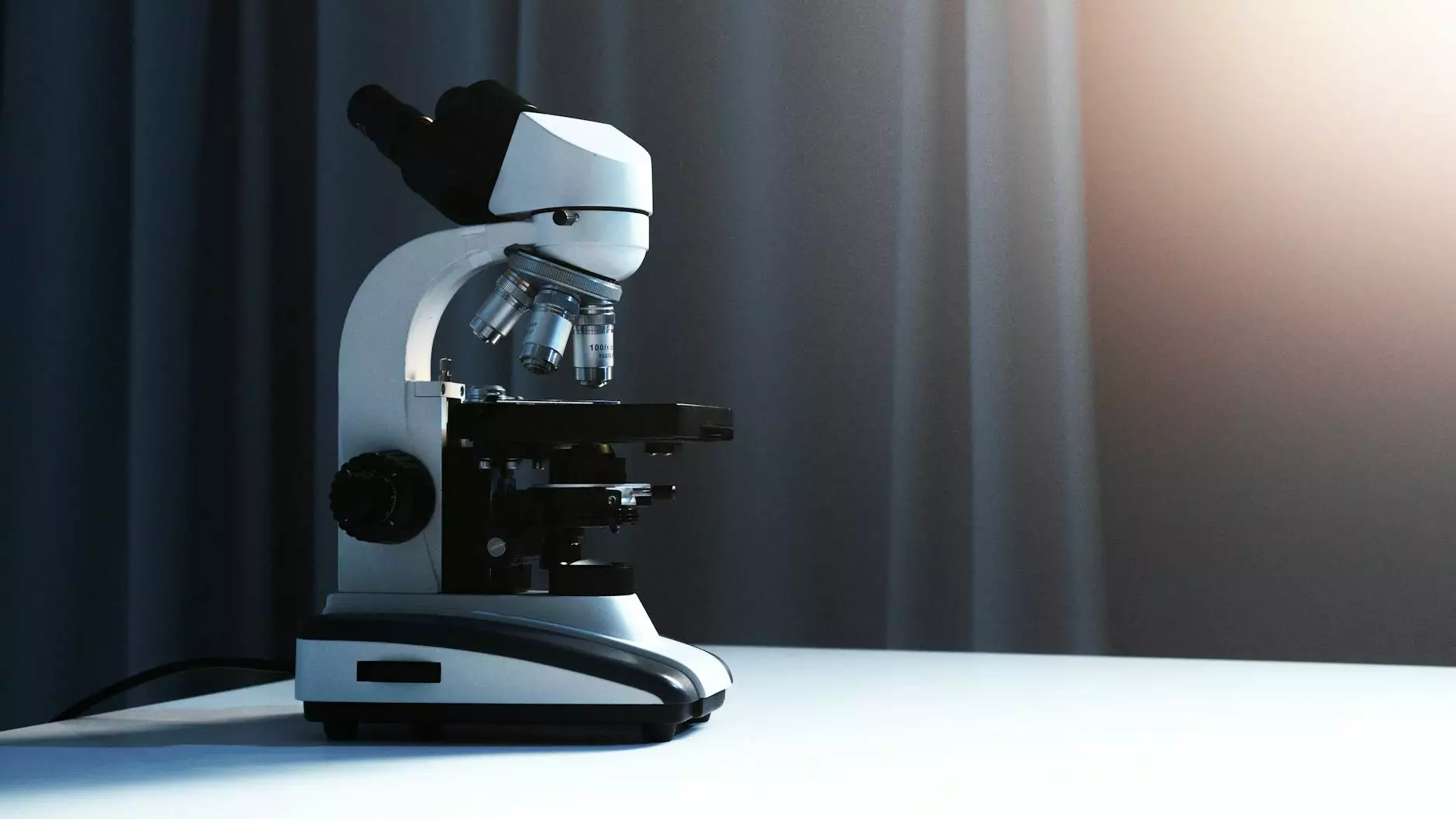Unilateral Oophorectomy Procedure: A Comprehensive Guide

Introduction
In the field of obstetrics and gynecology, unilateral oophorectomy is a surgical procedure that involves the removal of one ovary. This procedure may be performed for various reasons, including the treatment of benign or malignant ovarian tumors, endometriosis, ovarian cysts, or in cases of prophylactic oophorectomy to reduce the risk of ovarian cancer.
Benefits of Unilateral Oophorectomy
Unilateral oophorectomy can provide several benefits to patients. Firstly, it eliminates the presence of ovarian tumors, which may be causing severe pain or leading to other complications. By removing the affected ovary, the procedure aims to alleviate these symptoms and improve the patient's overall quality of life.
Additionally, unilateral oophorectomy may be recommended as a preventive measure for individuals with a high risk of developing ovarian cancer. In these cases, removing one ovary can significantly reduce the likelihood of the disease's occurrence in the future.
The Procedure
Unilateral oophorectomy is typically performed under general anesthesia. The surgeon makes a small incision in the lower abdomen to access the affected ovary. Specialized instruments are then used to carefully detach the ovary from its surrounding tissues.
During the procedure, the surgeon takes extra precautions to minimize the risk of damage to nearby organs or blood vessels. This ensures the safety and successful completion of the surgery.
Risks and Complications
As with any surgical procedure, unilateral oophorectomy carries certain risks. These may include infection, bleeding, adverse reactions to anesthesia, or damage to nearby structures. It is essential to discuss these potential risks with your doctor prior to the surgery.
Recovery Process
After the surgery, patients are typically monitored in a recovery area until they regain consciousness. Pain medication and antibiotics may be prescribed to manage discomfort and reduce the risk of infection.
It is crucial to follow the post-operative instructions provided by your doctor. This may include resting, avoiding strenuous activities, and consuming a healthy diet to support the healing process.
Most individuals experience a full recovery within a few weeks, during which time they can gradually resume their usual activities. However, it is essential to attend follow-up appointments with your doctor to ensure proper healing and address any concerns.
Why Choose DrSeckin.com?
Dr. Seckin is a renowned gynecologist specializing in advanced surgical procedures, including unilateral oophorectomy. With years of experience and expertise in the field, Dr. Seckin and his dedicated team provide personalized care and support throughout the treatment process.
At drseckin.com, we prioritize patient well-being and aim to deliver the highest quality of healthcare. Our state-of-the-art facilities and commitment to using the latest surgical techniques ensure optimal outcomes for each patient.
Conclusion
Unilateral oophorectomy is a valuable procedure in the field of obstetrics and gynecology, offering numerous benefits for patients with ovarian tumors, cysts, and a high risk of developing ovarian cancer. With the guidance of a skilled surgeon like Dr. Seckin, this surgical intervention can help improve overall quality of life and minimize potential risks.
If you are considering a unilateral oophorectomy, trust the expertise of Dr. Seckin and his team at drseckin.com. Contact us today to schedule a consultation and receive personalized care tailored to your unique needs.
unilateral oophorectomy procedure








